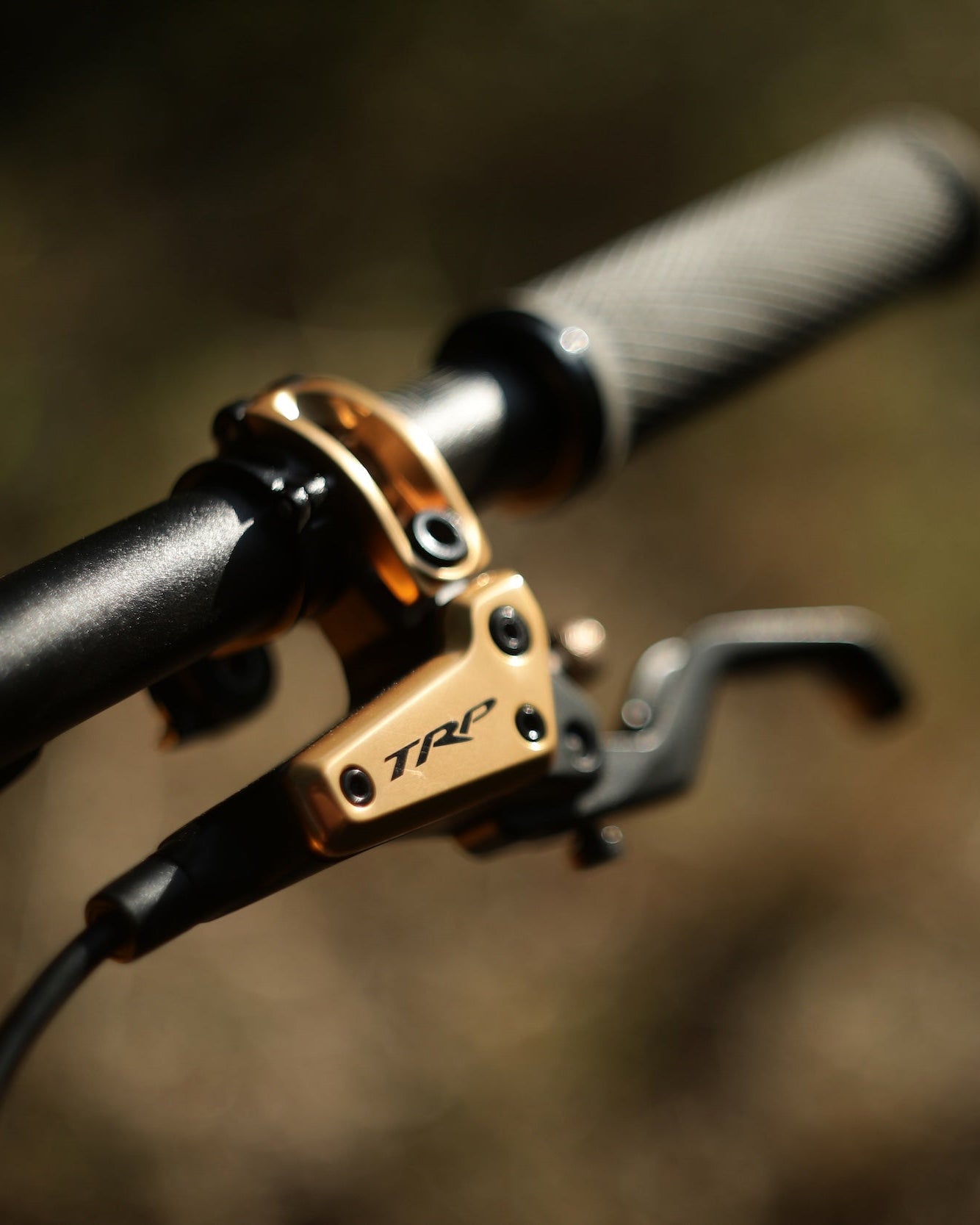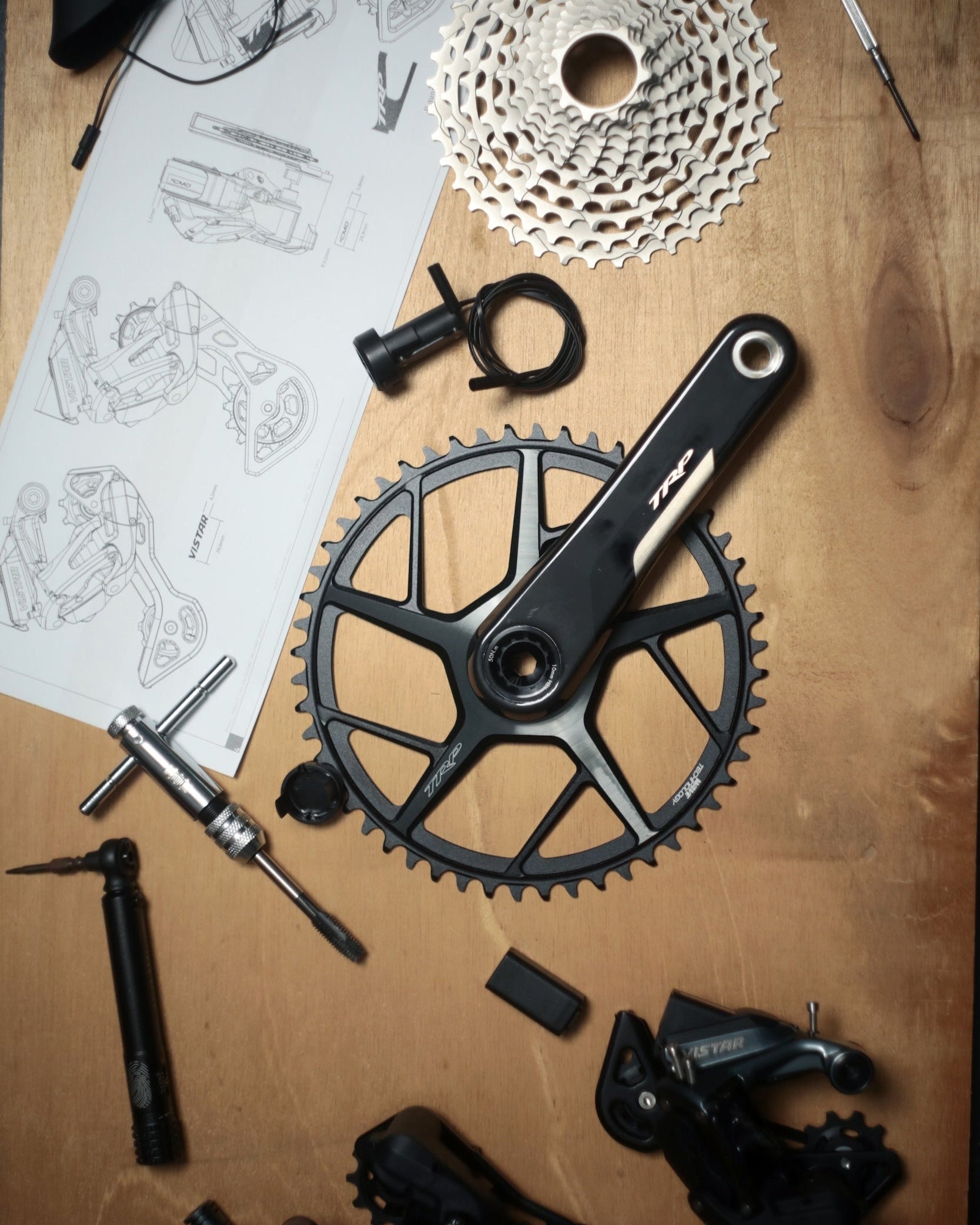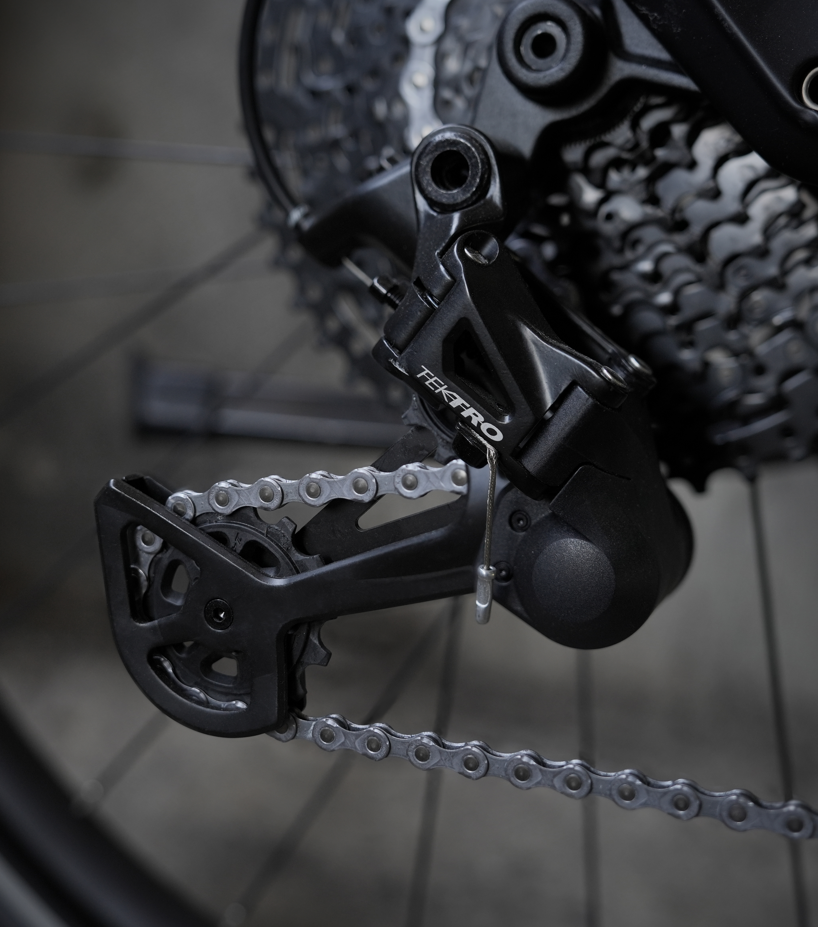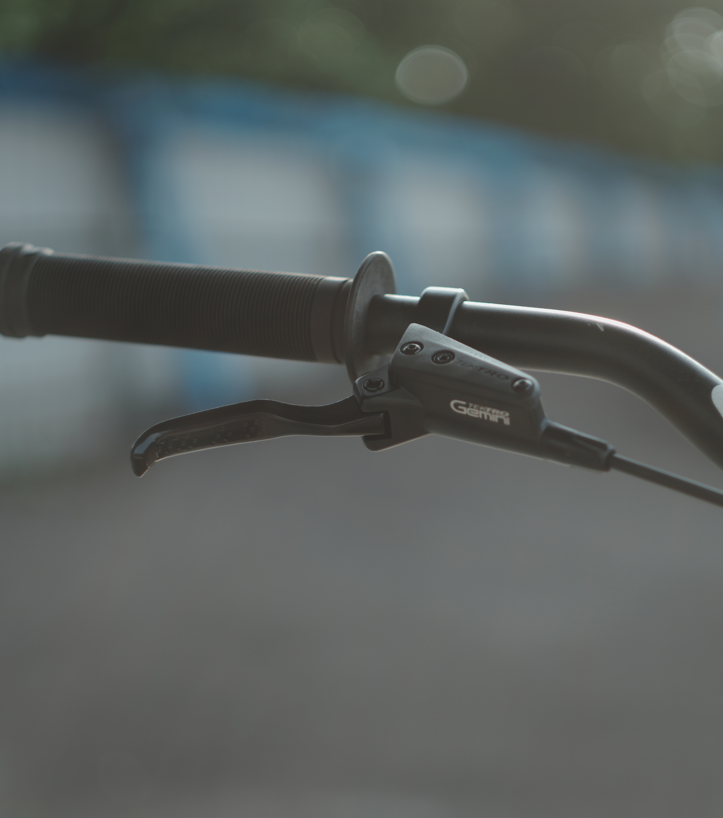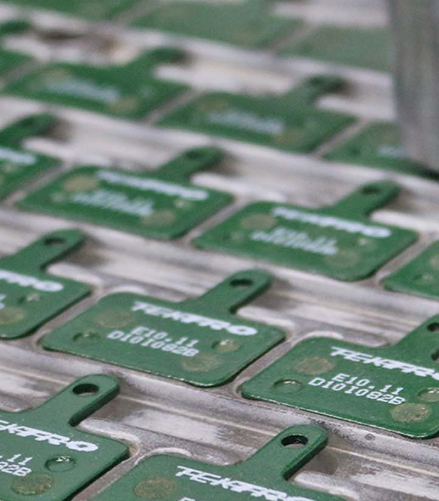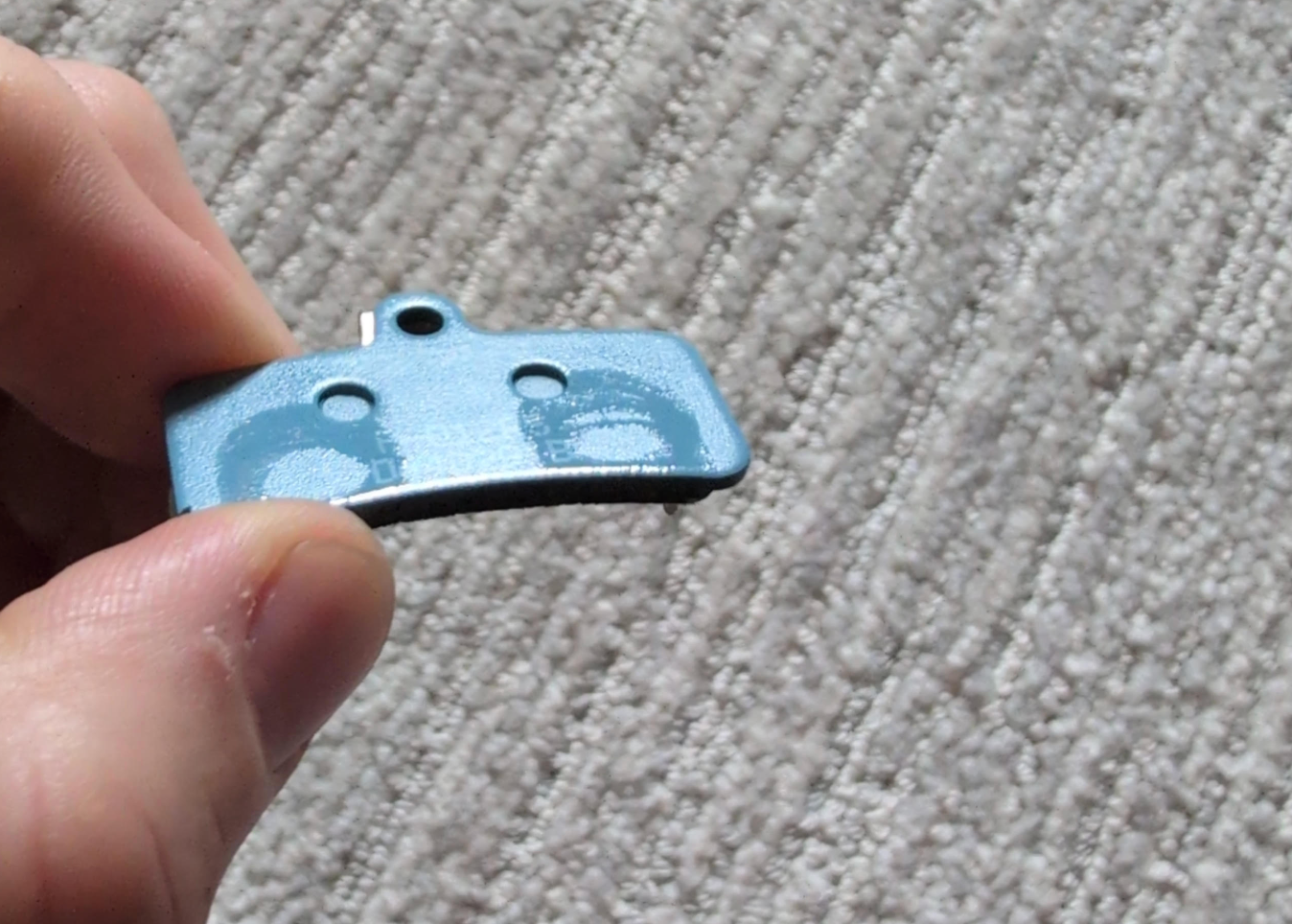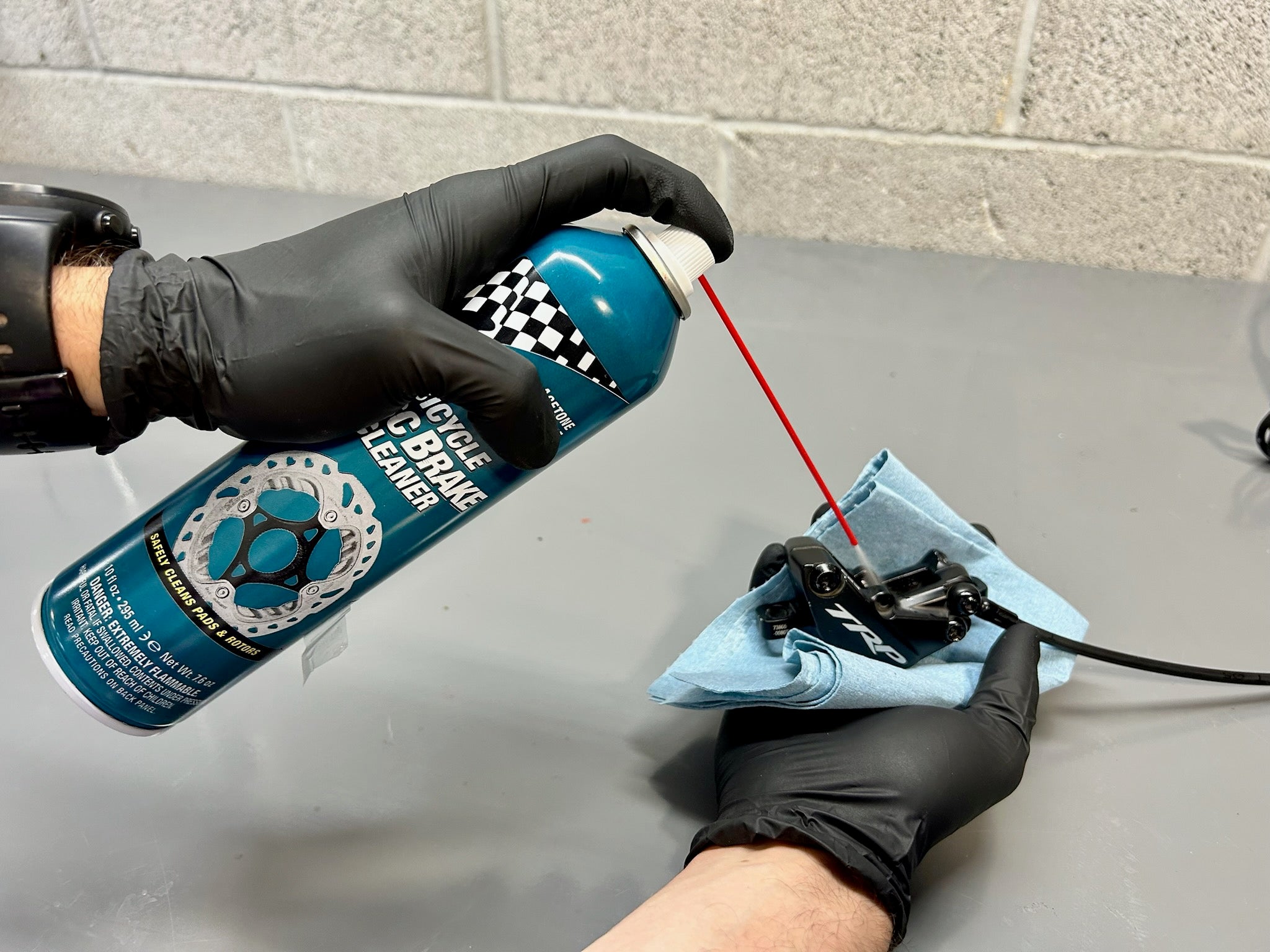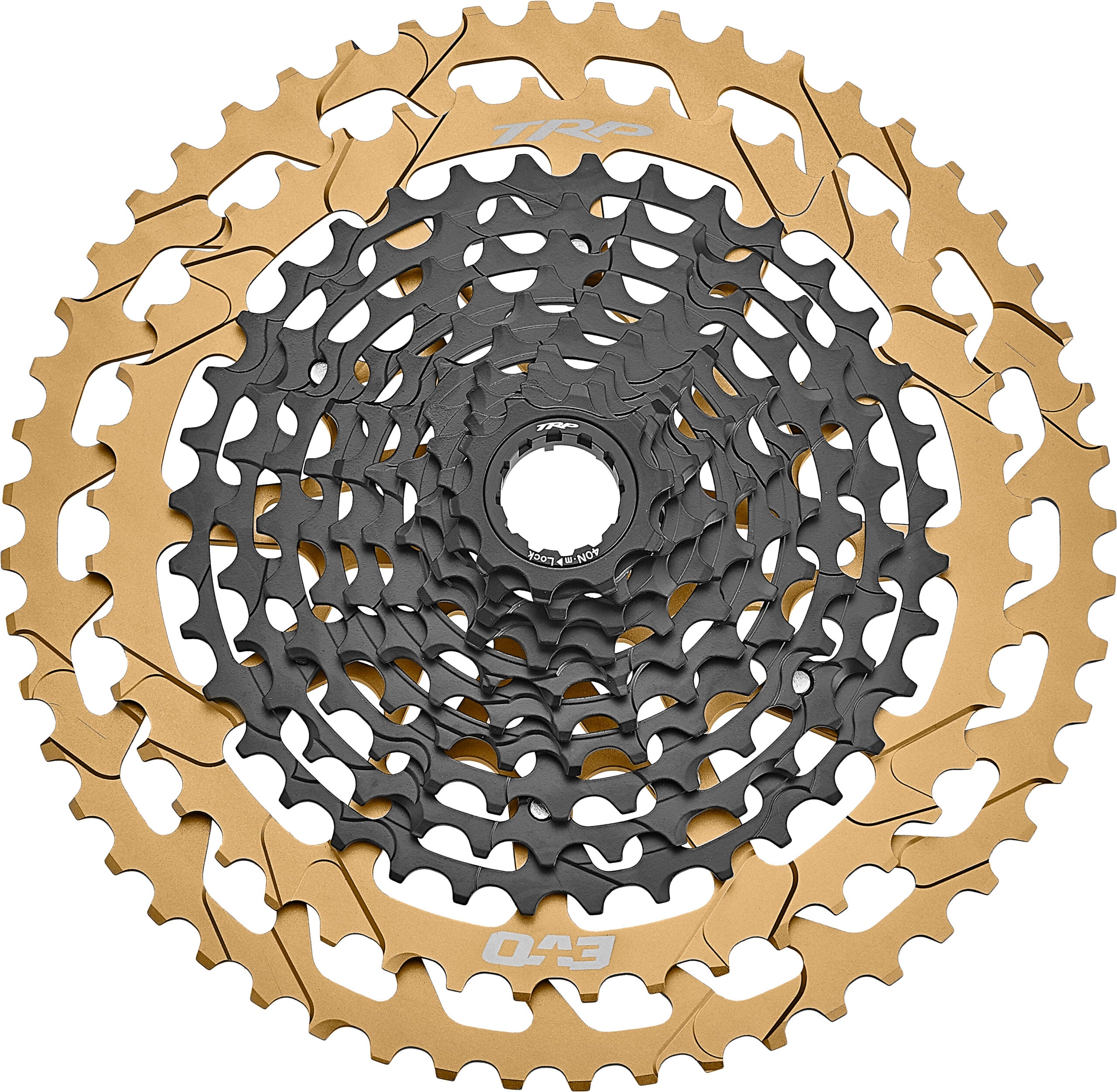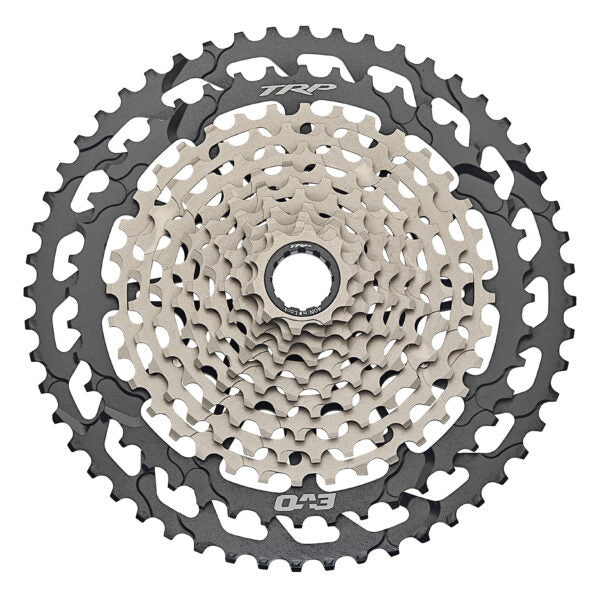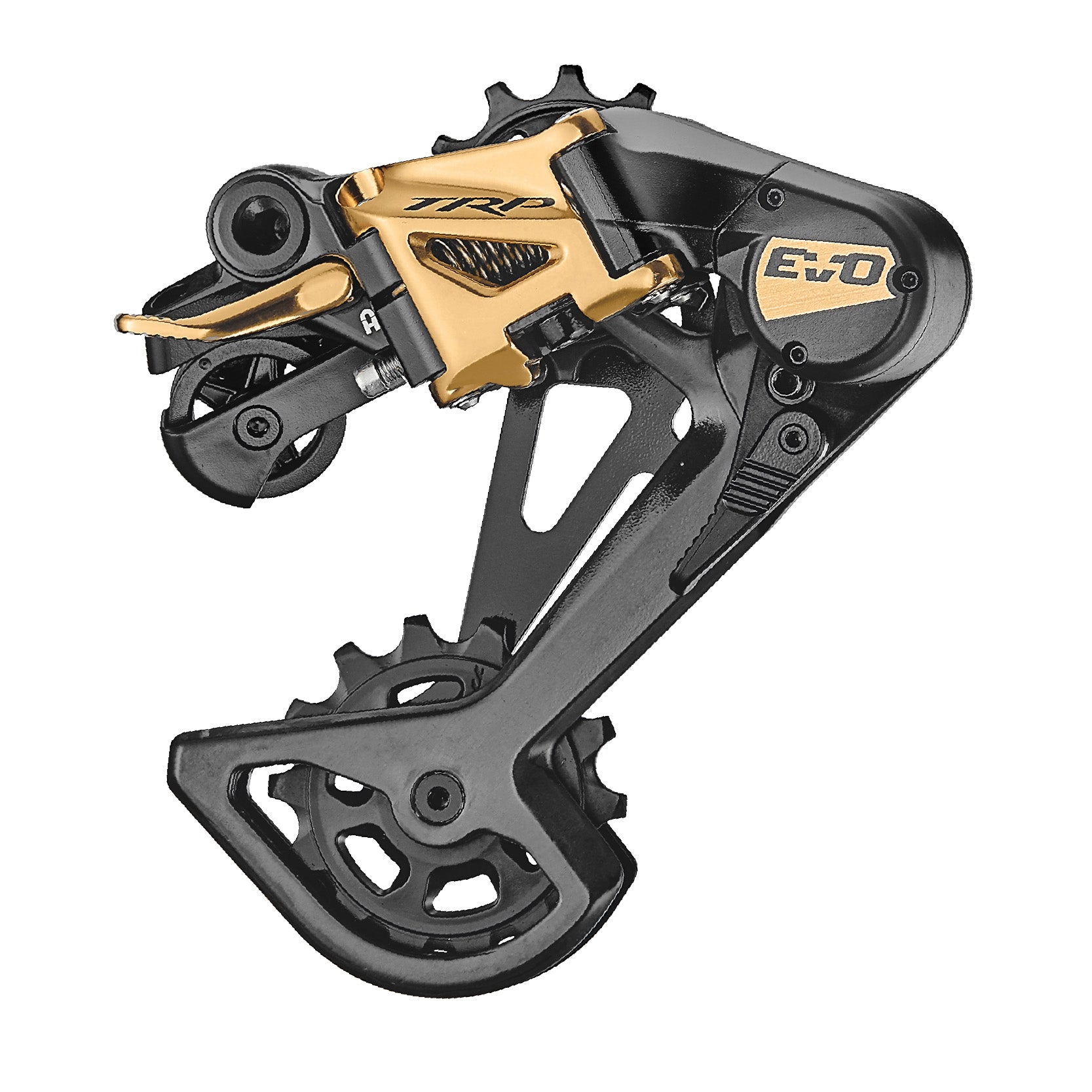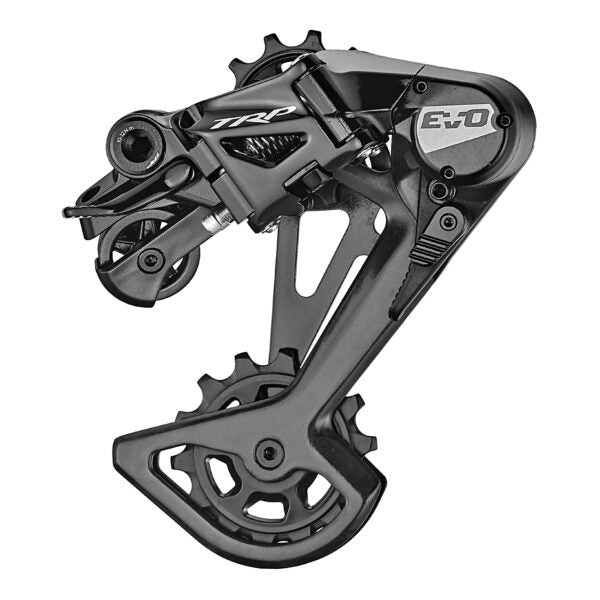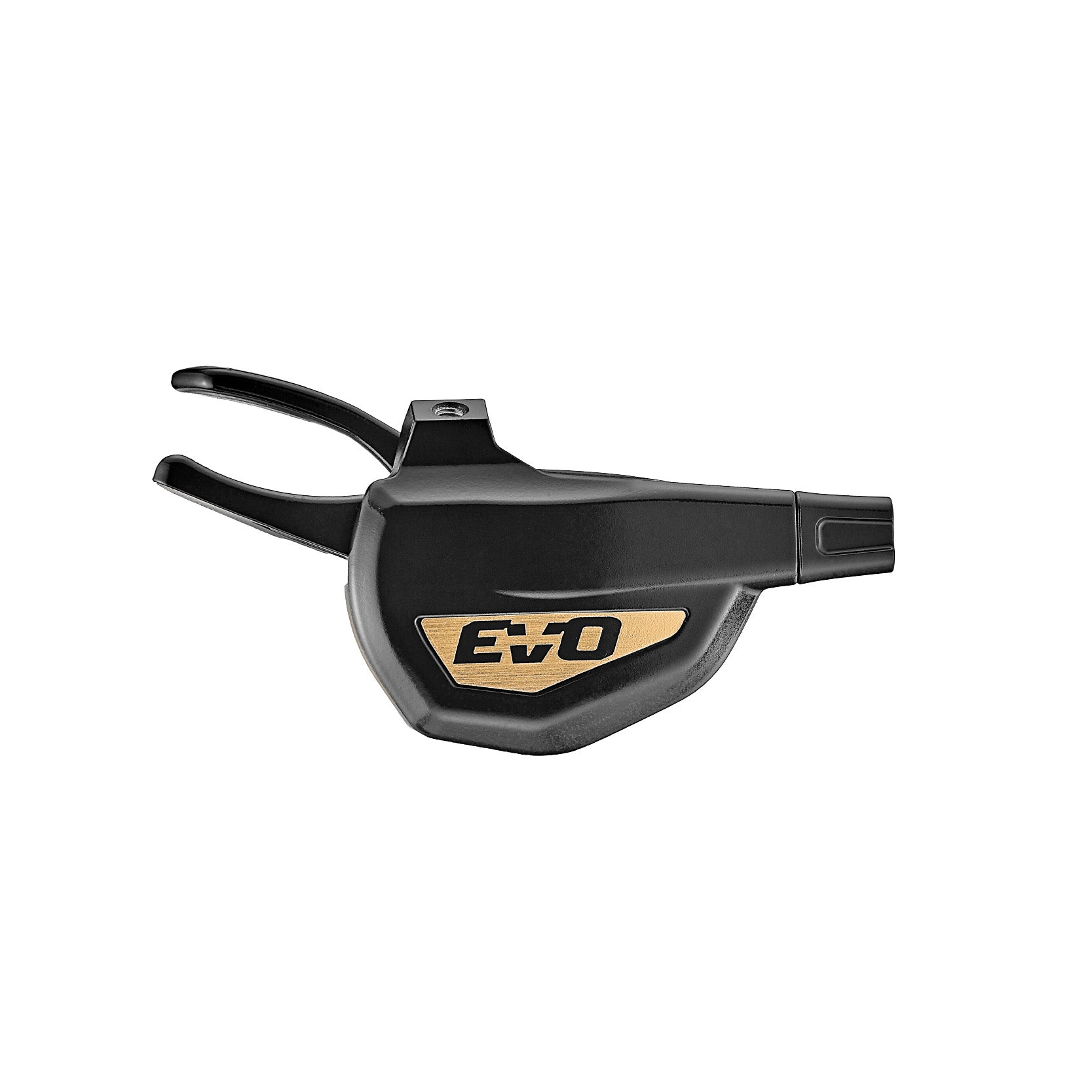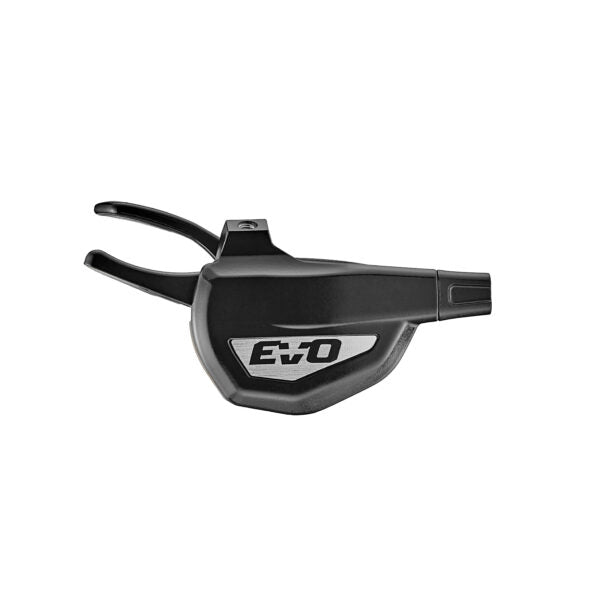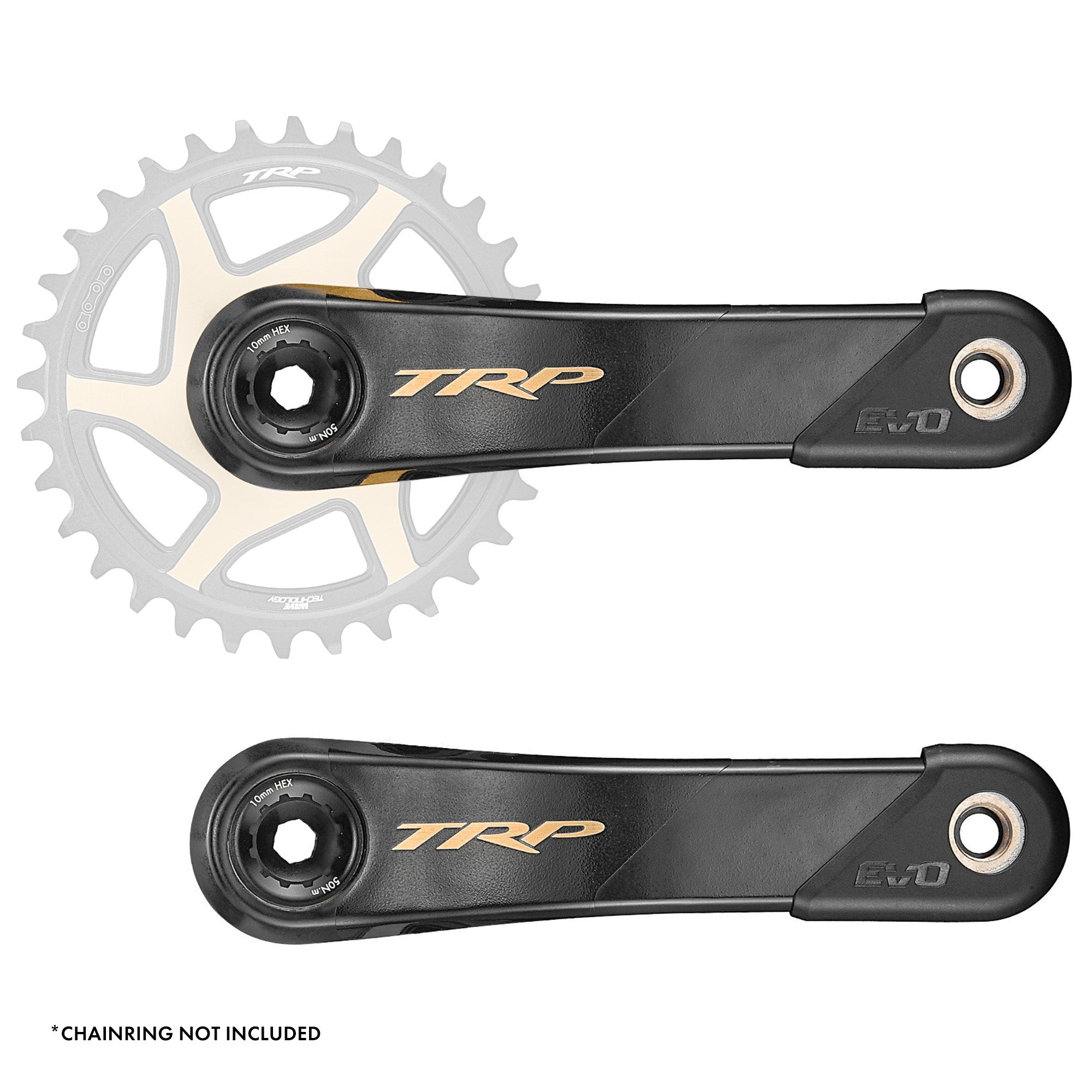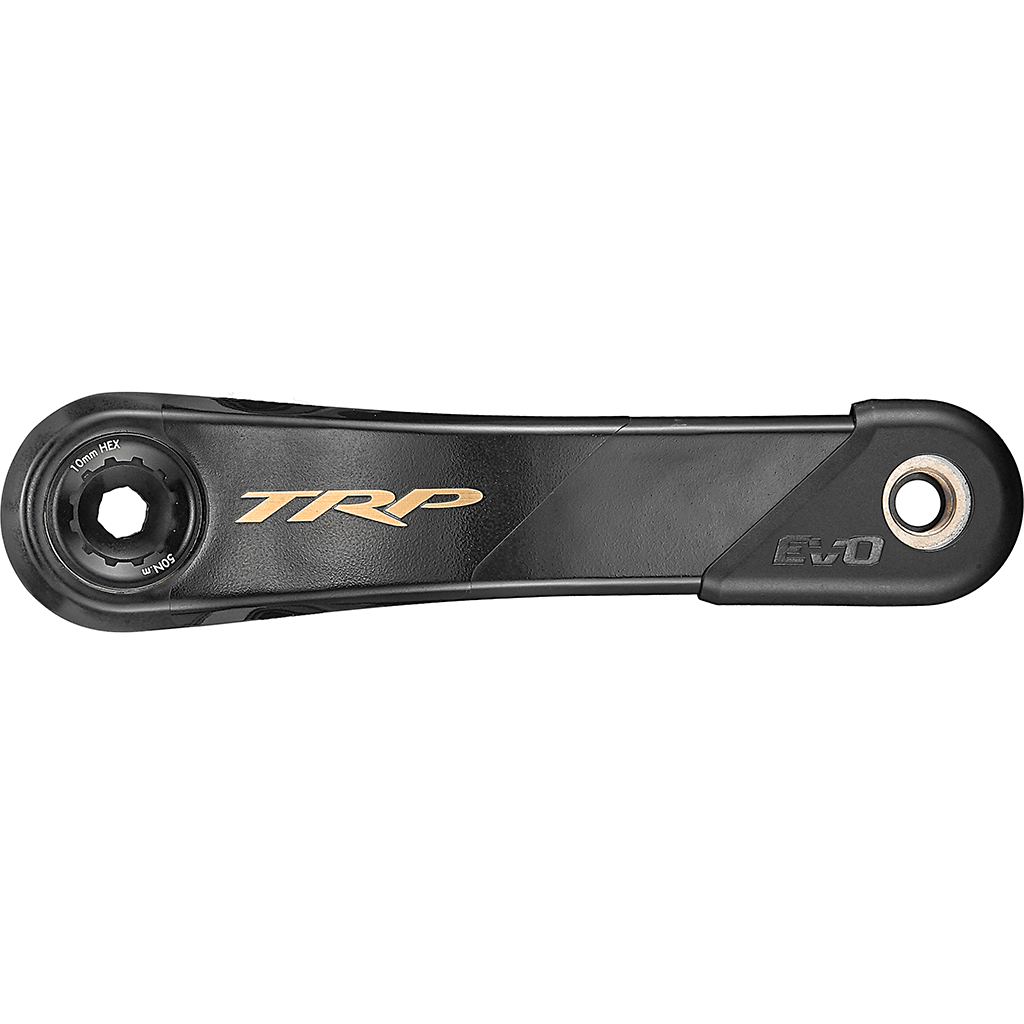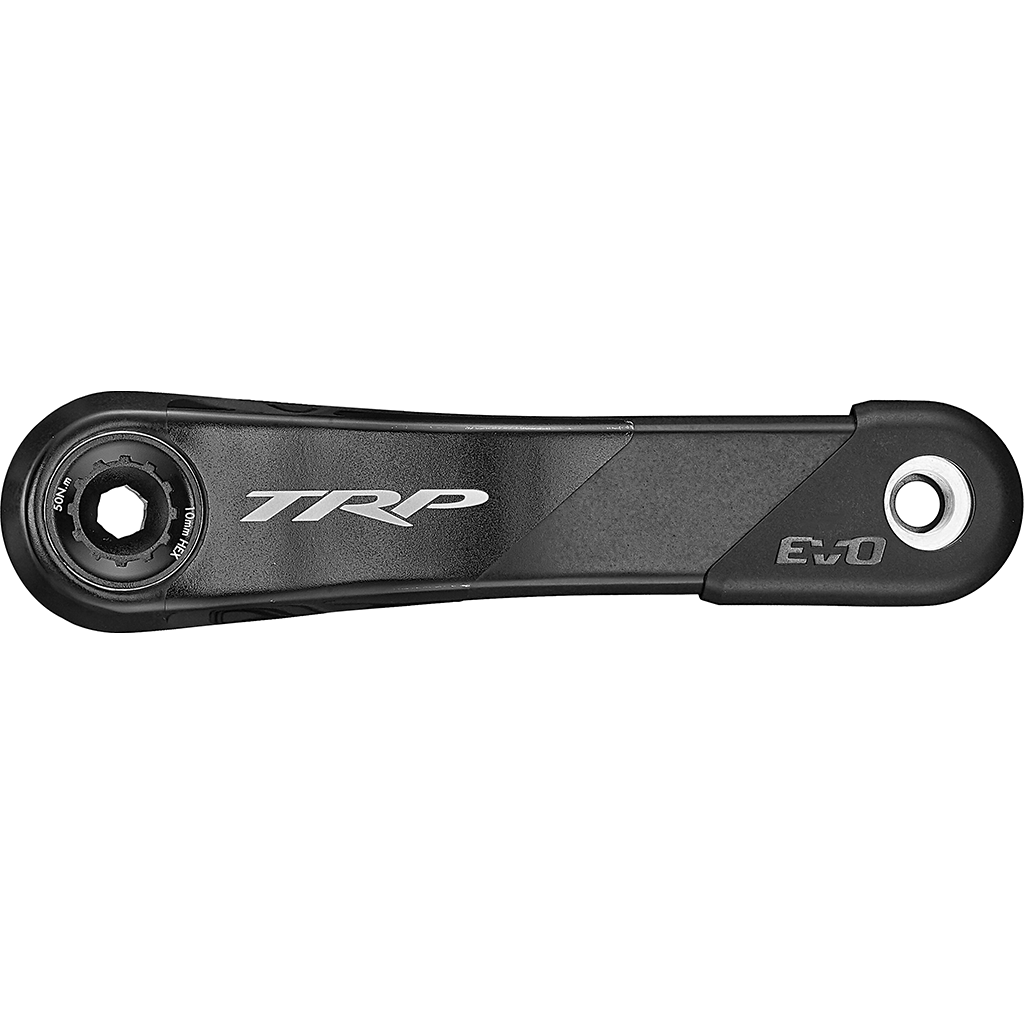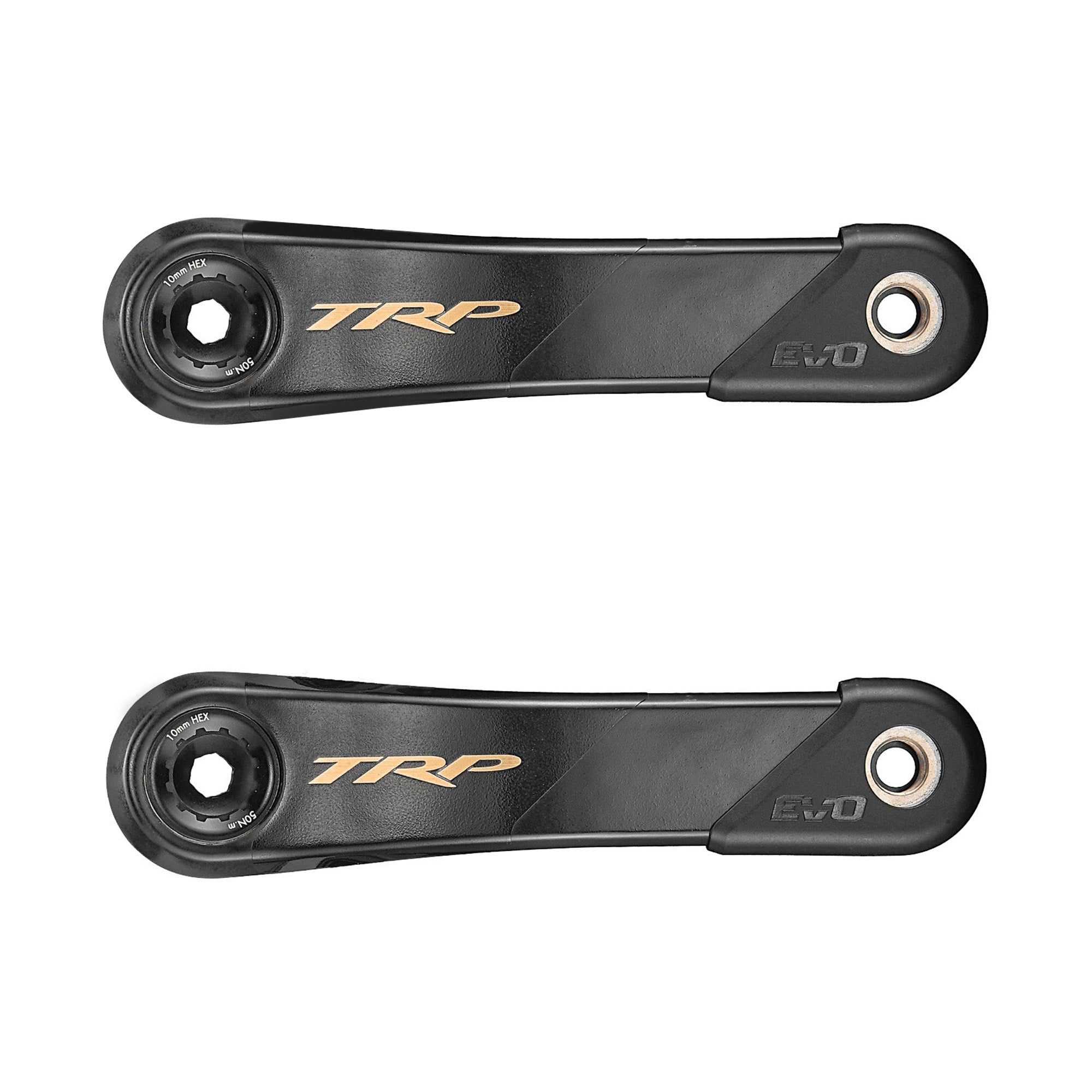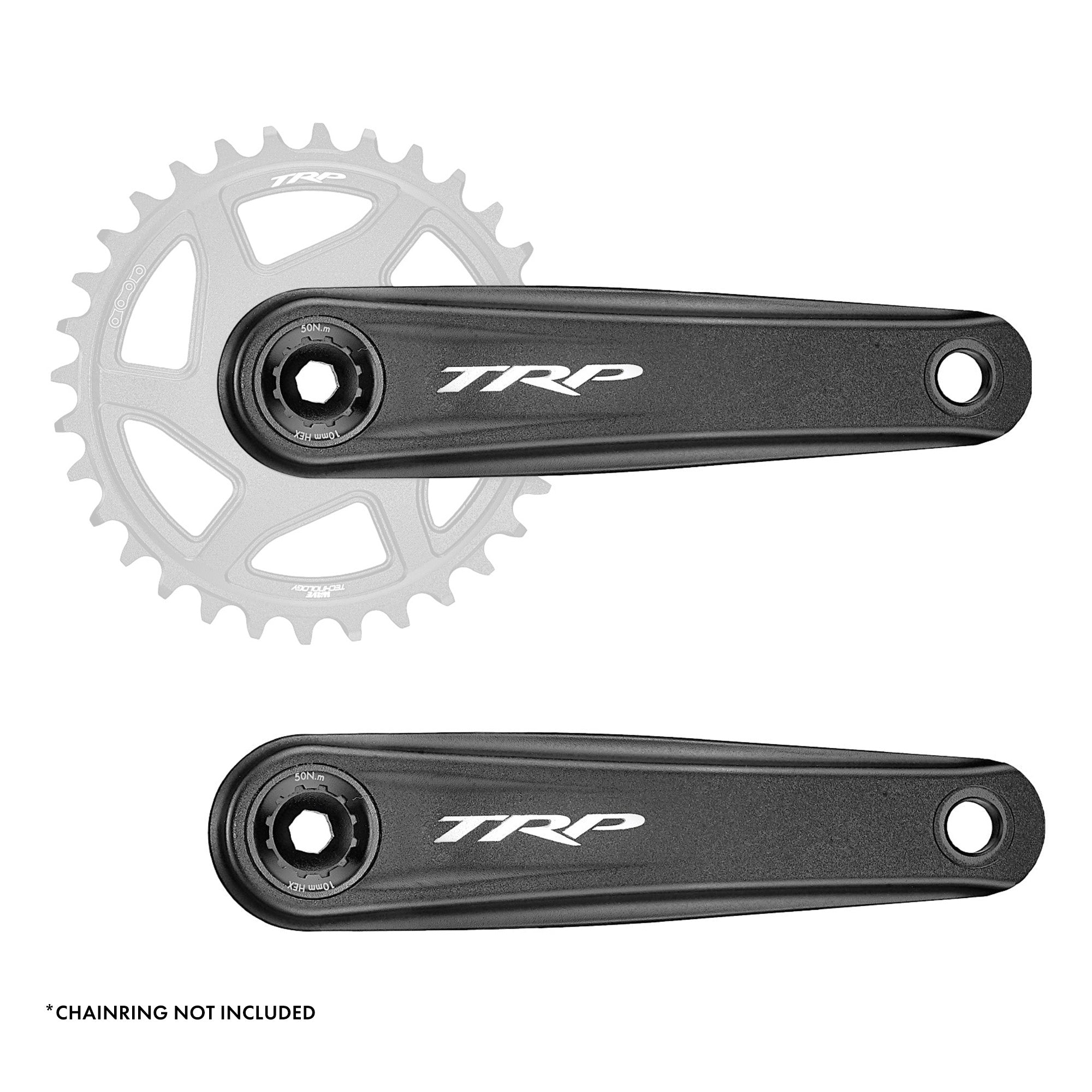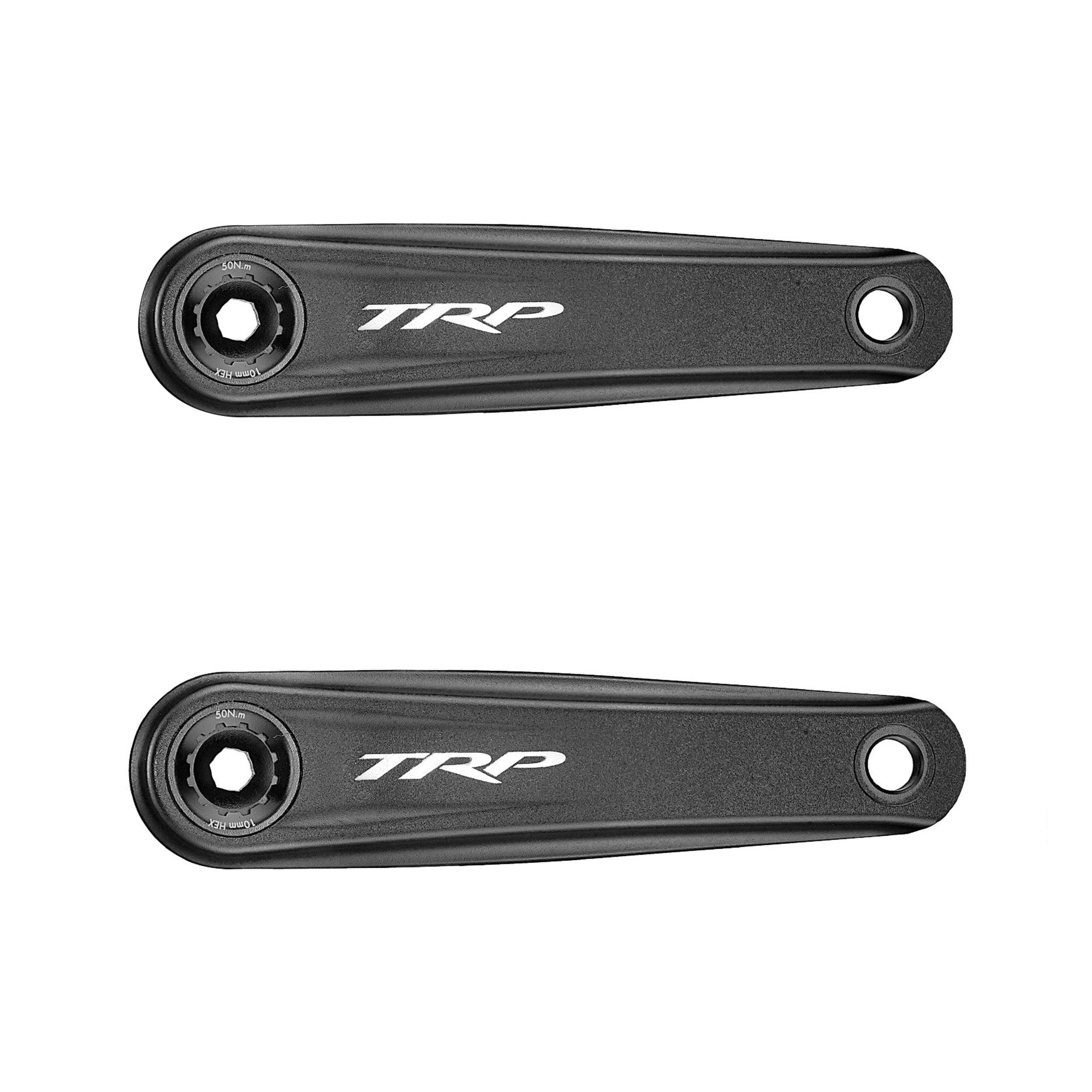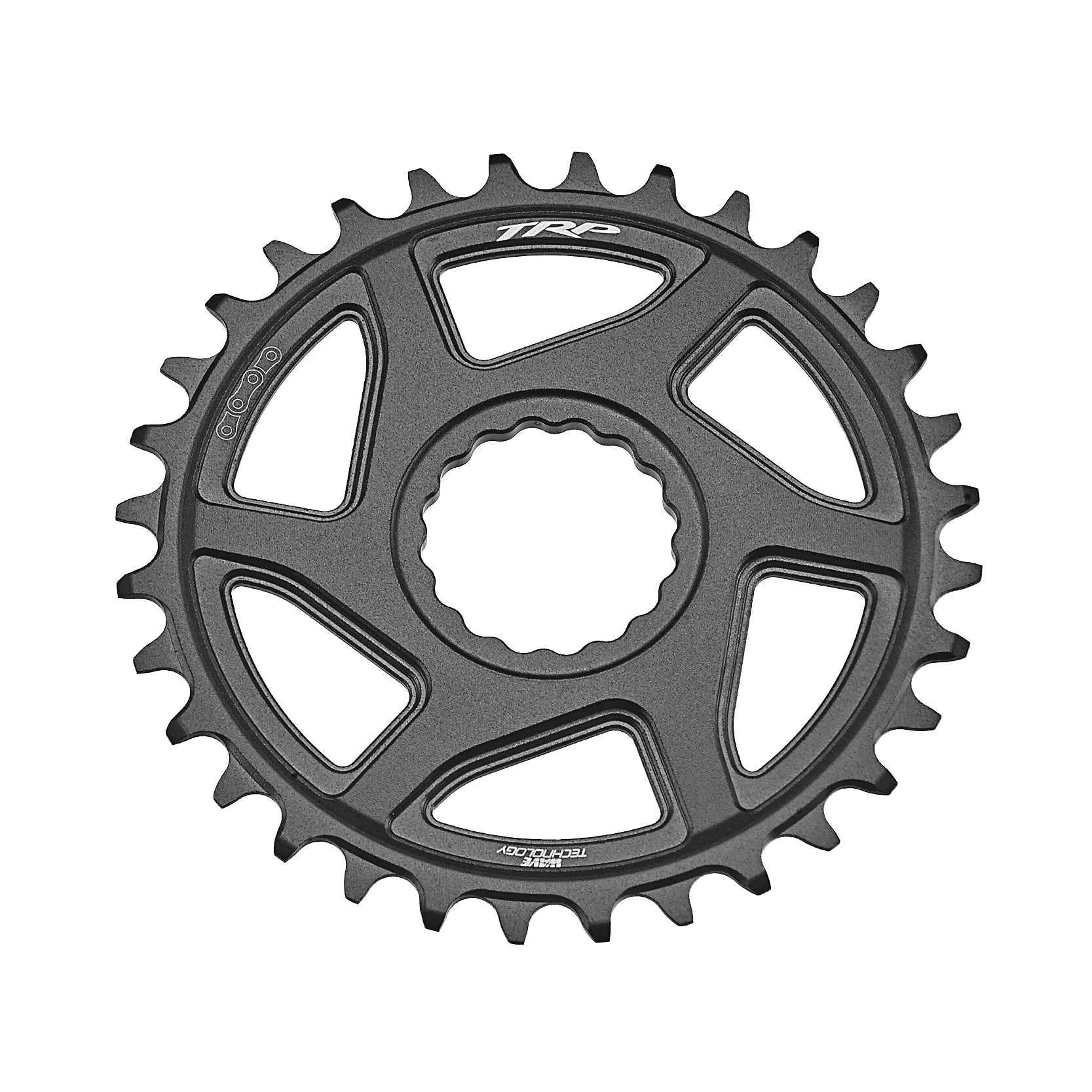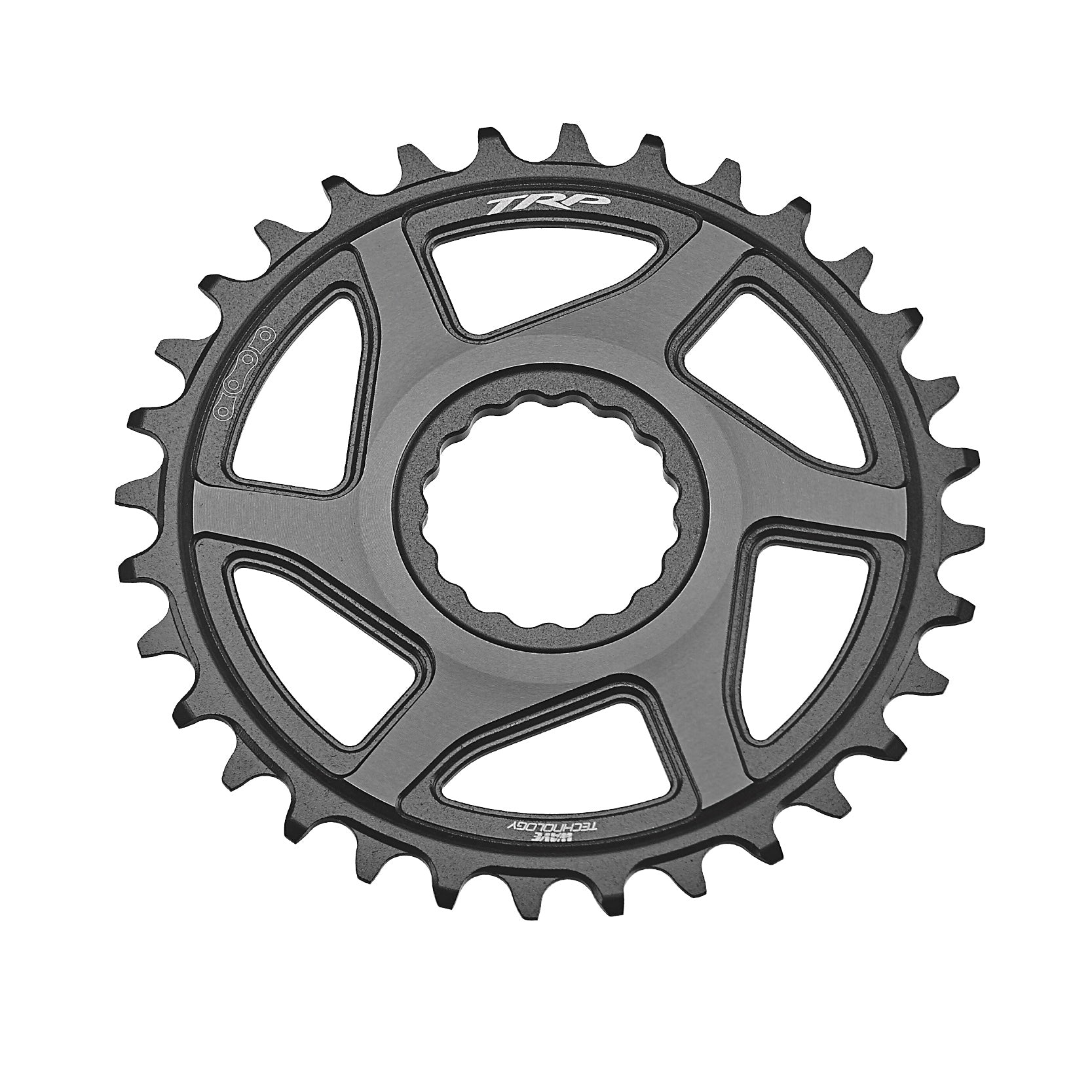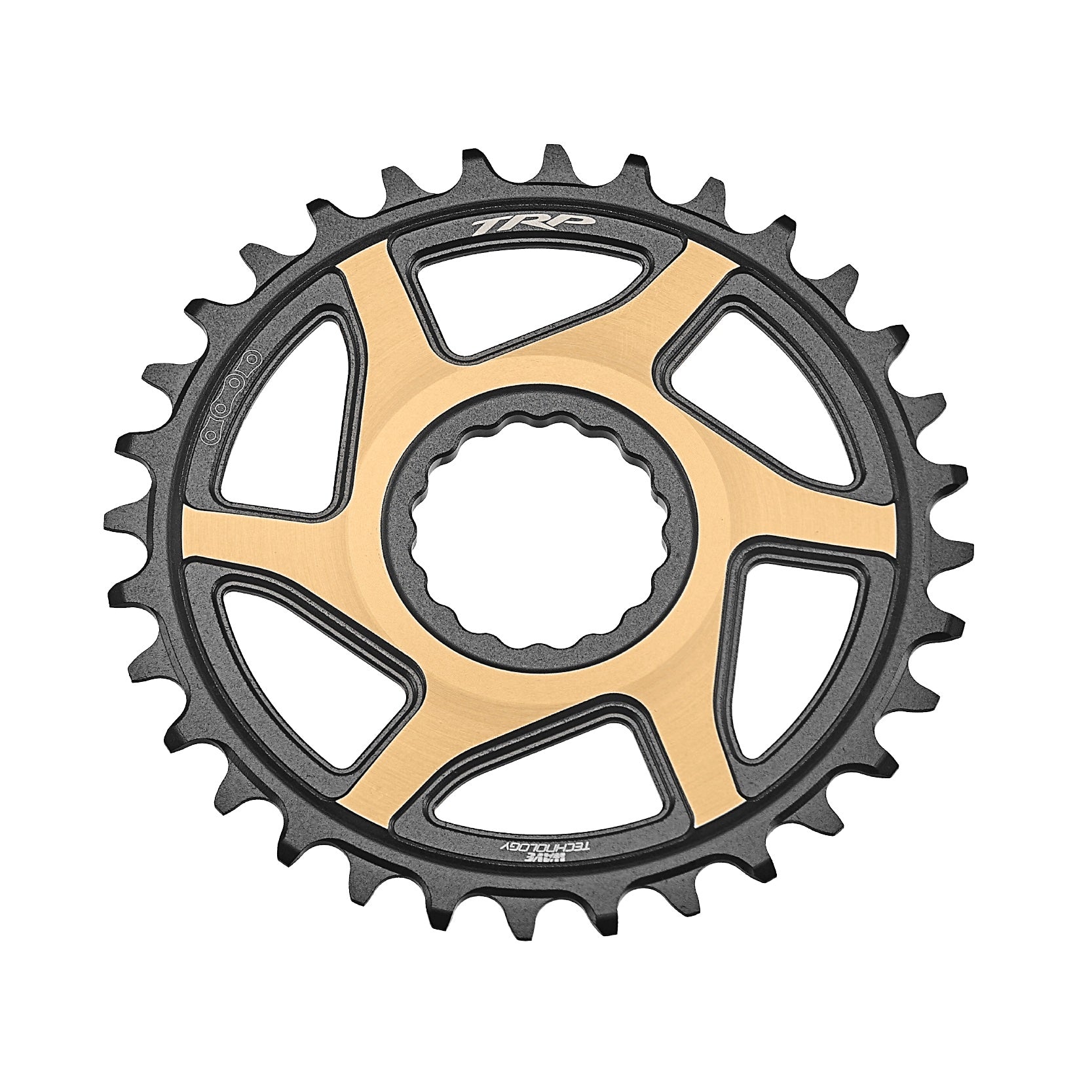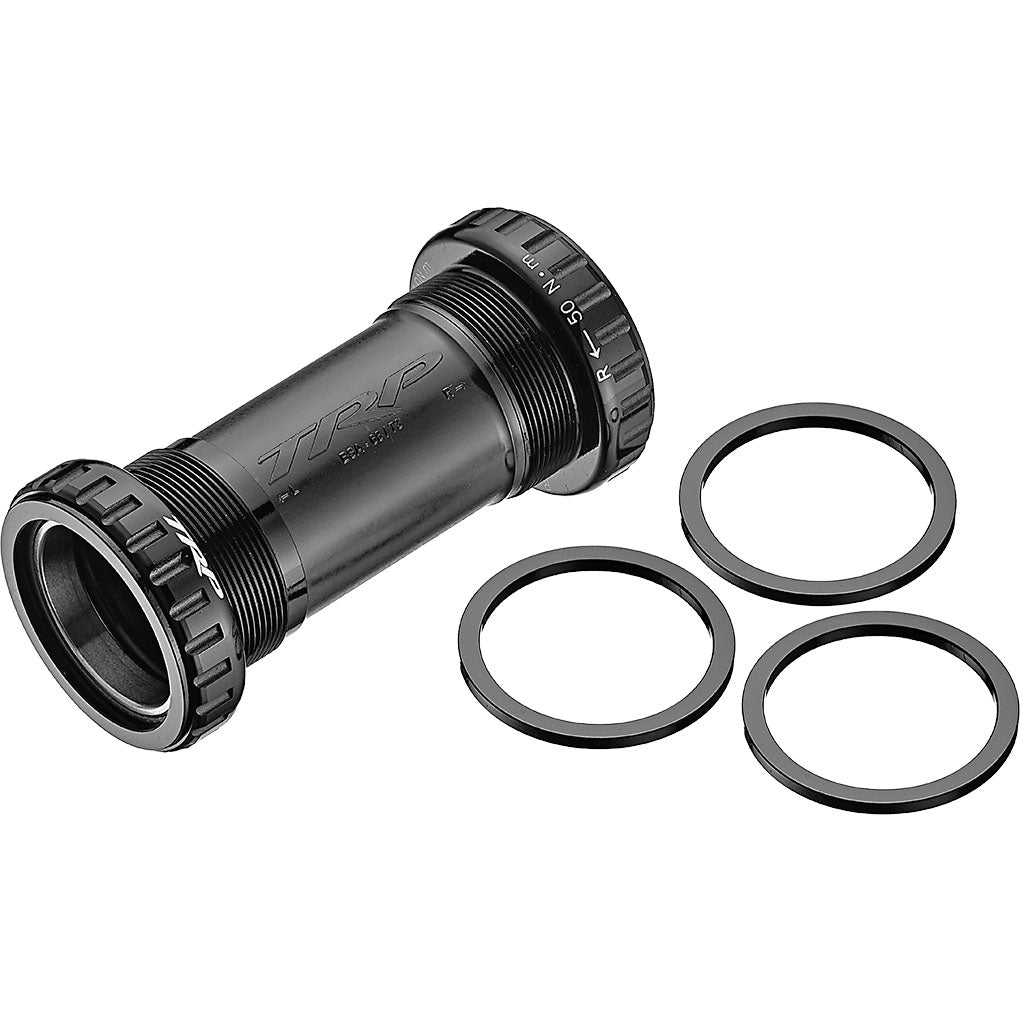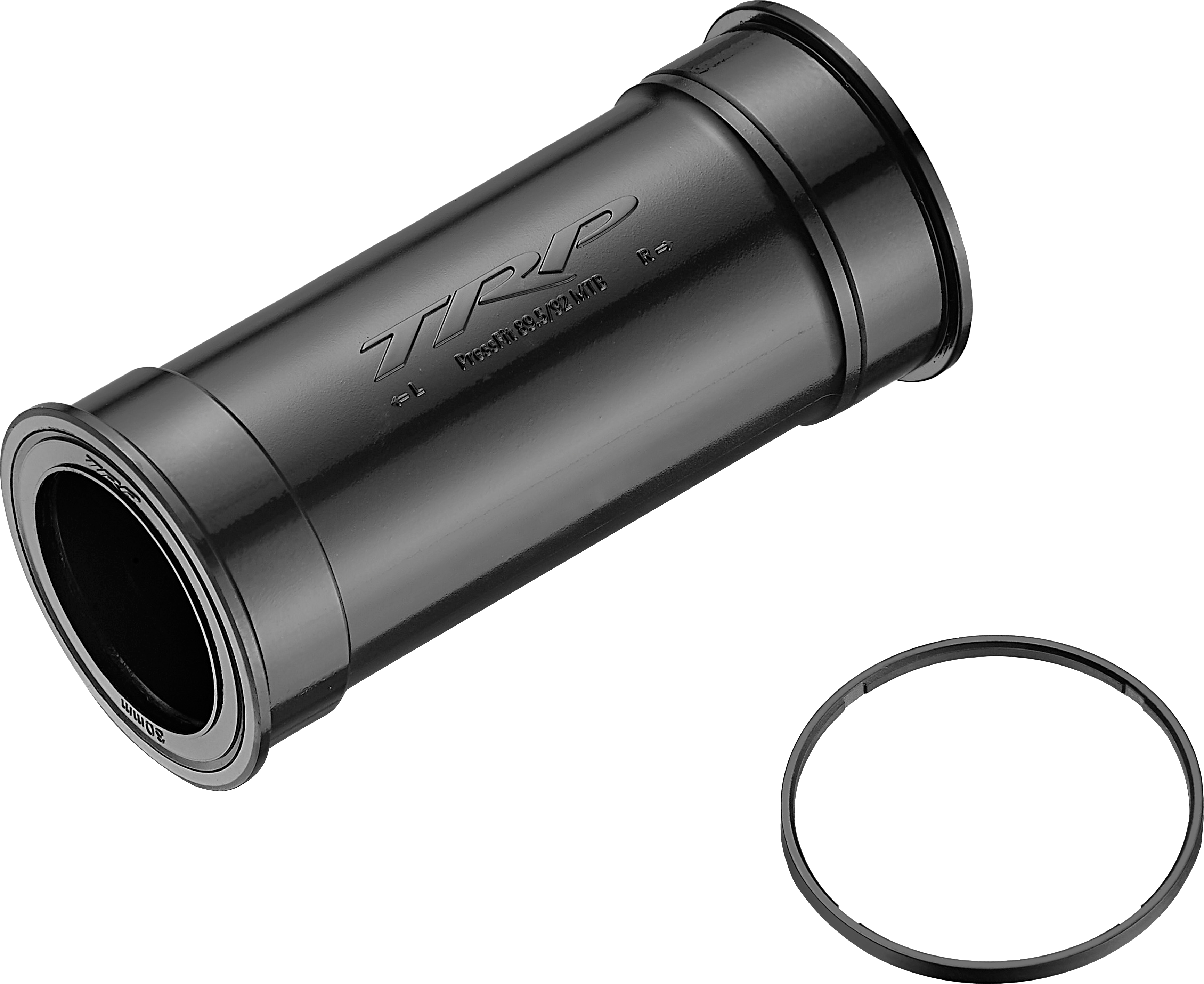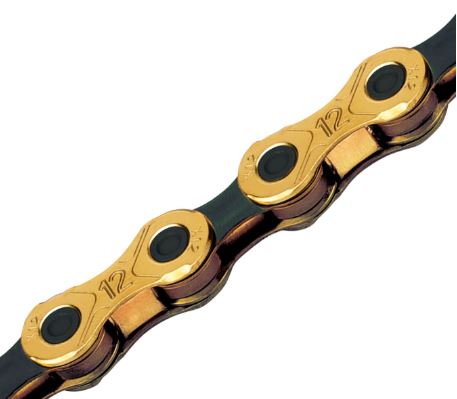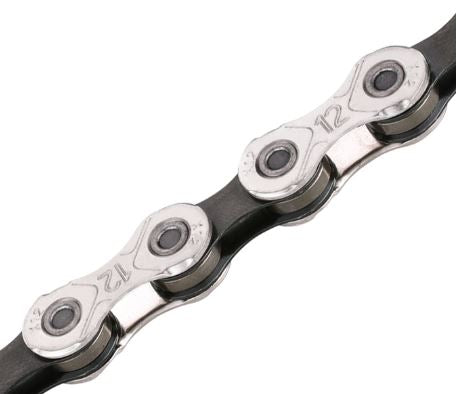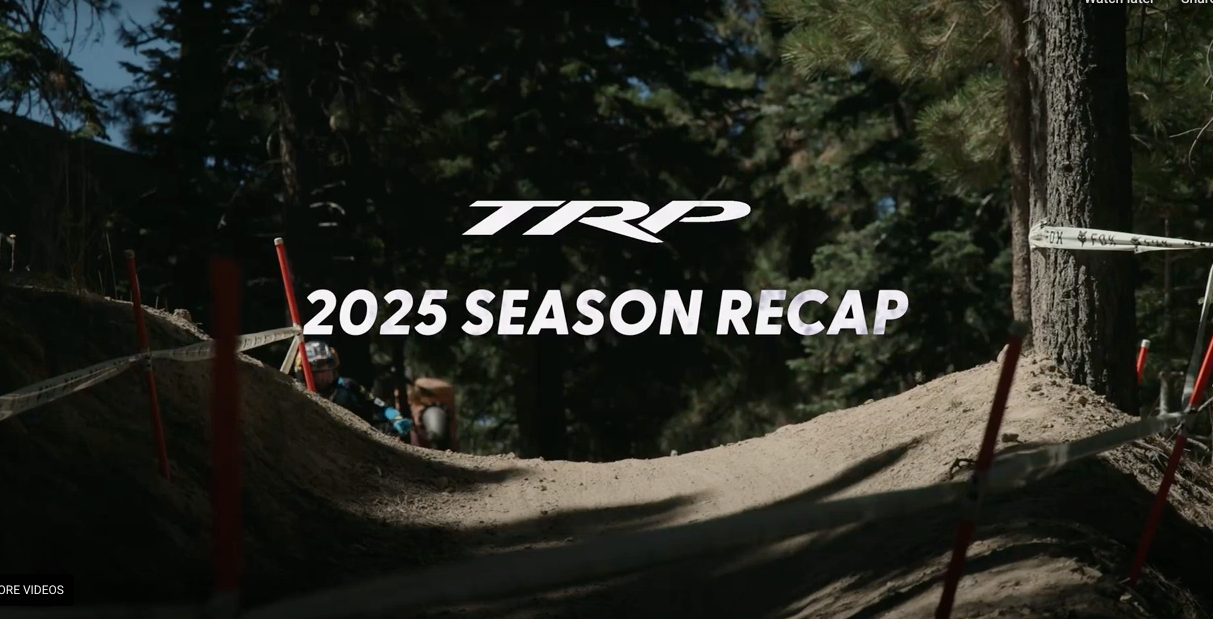Is My Brake Leaking- or Is It Just Residual Oil?
At TRP, we’ve been seeing a common concern crop up: customers thinking their calipers are leaking oil. But in most cases, that’s not what’s actually happening. Let’s walk through one of the most overlooked maintenance steps—proper caliper cleaning—and explain how a little trapped oil can mimic a more serious issue.
The Real Culprit: Trapped Oil Behind the Pistons
If you’ve cleaned your pistons and still see rings of oil showing up on the backs of your pads or a bleed block, don’t panic—it doesn’t necessarily mean your caliper is leaking. What you're likely seeing is residual oil trapped behind the ceramic inserts inside the stainless-steel pistons. This can happen if oil gets onto the pistons during a bleed or installation.
When you apply the brake, pressure forces this hidden oil out from behind the inserts, leaving behind those telltale rings that look like leaks. The key is knowing how to clean it out properly.
Caliper Cleaning: The Right Way
At our facility in Northern Utah, we rely on Finish Line Disc Brake Cleaner—and for good reason. It’s far more effective than isopropyl alcohol at pulling oil and contaminants out of tight spaces. Here's our step-by-step guide:
Tools You’ll Need:
- Finish Line Disc Brake Cleaner
- Clean paper towels
- A bleed block
- A strap or rubber band to hold the lever down
Steps:
- Remove the pads from your caliper.
- Turn the caliper on its side so the pistons are facing up.
- Spray Finish Line Disc Brake Cleaner onto the tops of each piston. Let it soak in for a few seconds.
- Wipe the inside of the caliper with a clean paper towel.
- Insert a bleed block, strap the brake lever down, and let it sit for 10 minutes. (The brake lever should not lose pressure when it is strapped down for the 10 minutes. If the lever loses pressure when strapped down for 10 minutes that could indicate a leak.)
- Remove the bleed block and inspect it.
- If you see rings of oil, repeat the process.
- If the bleed block is clean, you’re good to go!
You may need to repeat this process a few times (5-10 times) depending on how much oil is trapped behind the inserts.
Final Step: Lever & Piston Purge
Once the caliper is clean, we recommend doing a lever and piston purge. This helps eliminate any lingering air bubbles in the system—especially after multiple bleeds, which can introduce foamed air that slowly releases and causes spongy lever feel.
Pro Tip: Always use TRP or Tektro mineral oil in your system. Using other brands can affect braking performance and feel.
TRP Tech Talks - Piston Purge Procedure
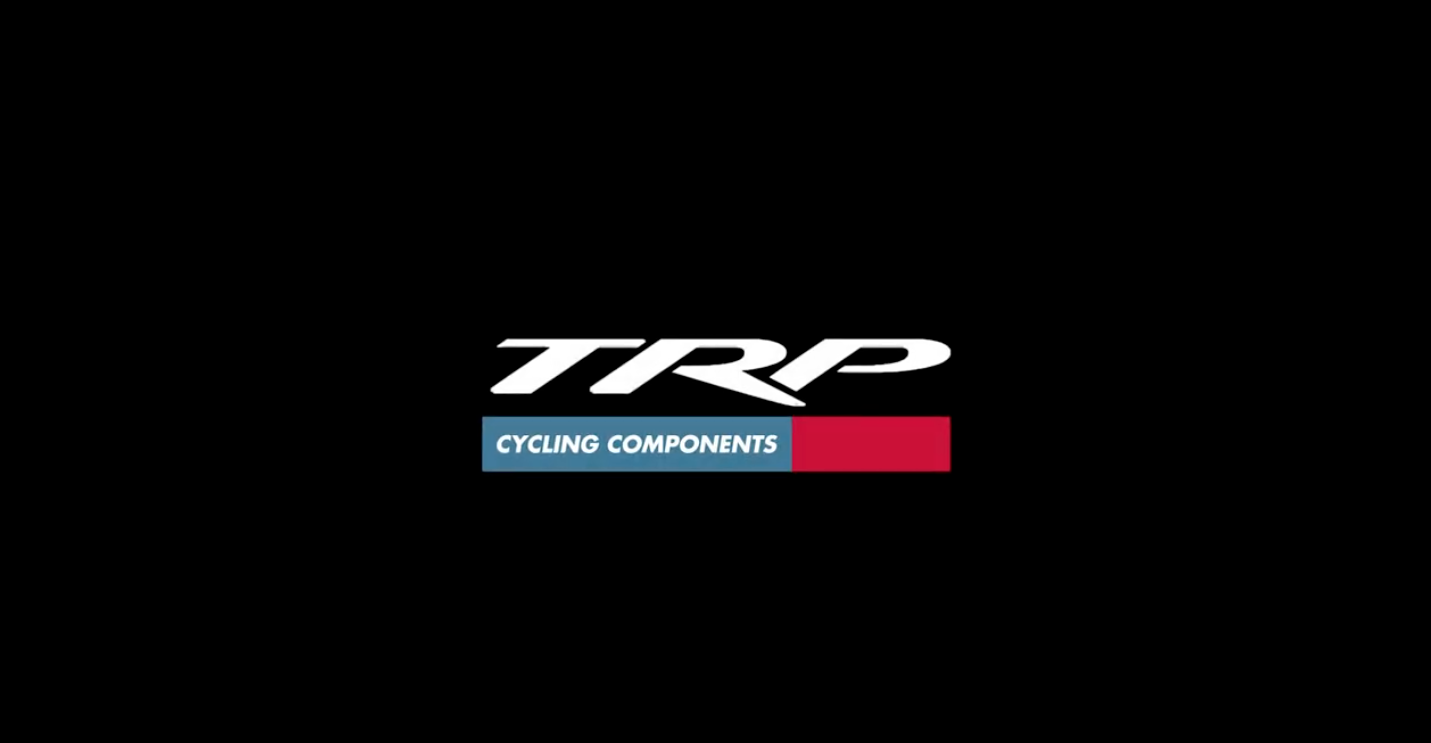
In Summary:
- Oil rings ≠ a leaking caliper
- Use Finish Line Disc Brake Cleaner (not isopropyl alcohol)
- Clean behind the ceramic piston inserts
- Perform a lever and piston purge
- Always use TRP/Tektro mineral oil
Taking the time to do a deep clean can make all the difference in performance and peace of mind. If you’re unsure about the process or need help troubleshooting, our customer service team is here to help: info@trpcycling.com
Happy riding!
—The TRP Team

